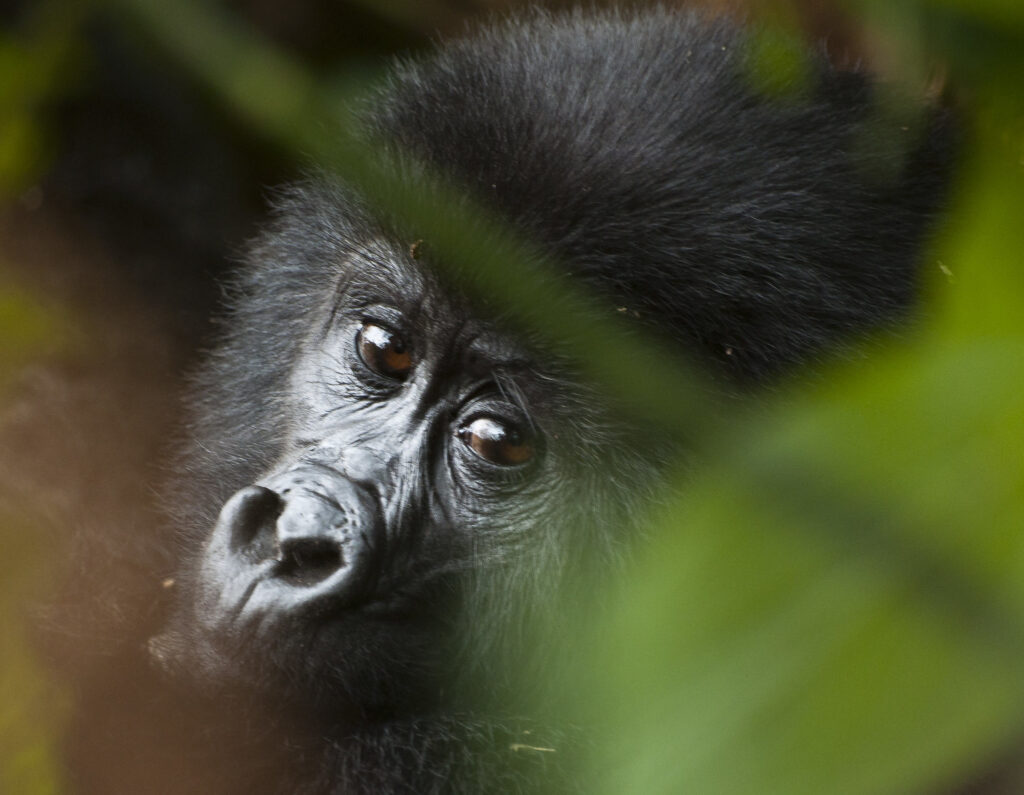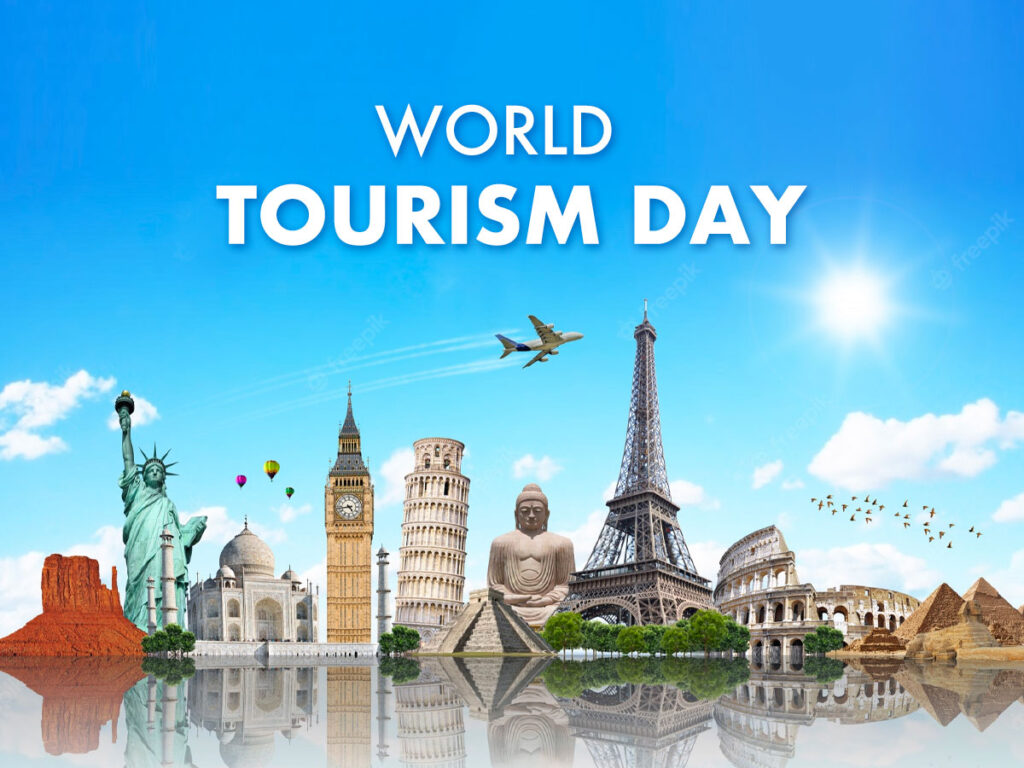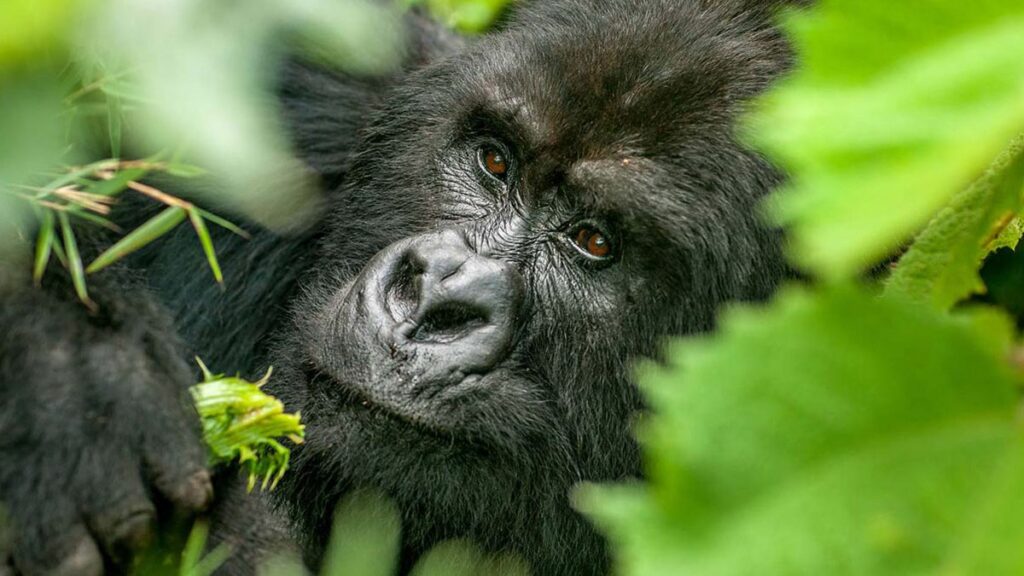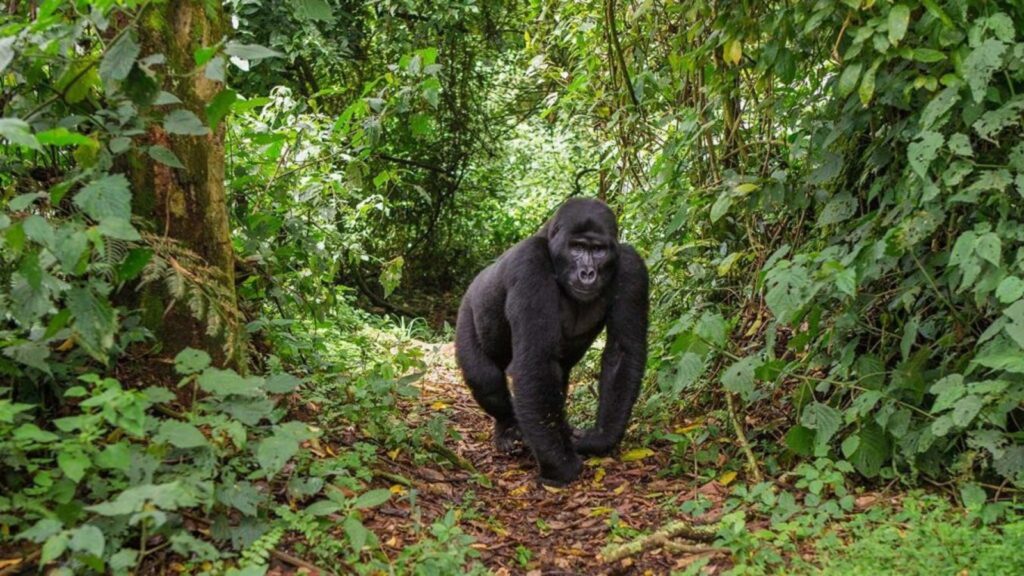Gorilla Trekking – Guided vs Self-Guided
Self-guided gorilla trek. Gorilla trekking in East Africa is one of the most rewarding wildlife adventures. In Uganda, Rwanda, and the Democratic Republic of Congo, visitors can walk through dense forests to meet endangered mountain gorillas in their natural habitat. But one question often comes up—should you go with a guide or attempt it on your own?
The choice between guided and self-guided trekking greatly affects your experience, safety, and even your chances of seeing gorillas. Here’s a closer look at both options to help you make the best decision.
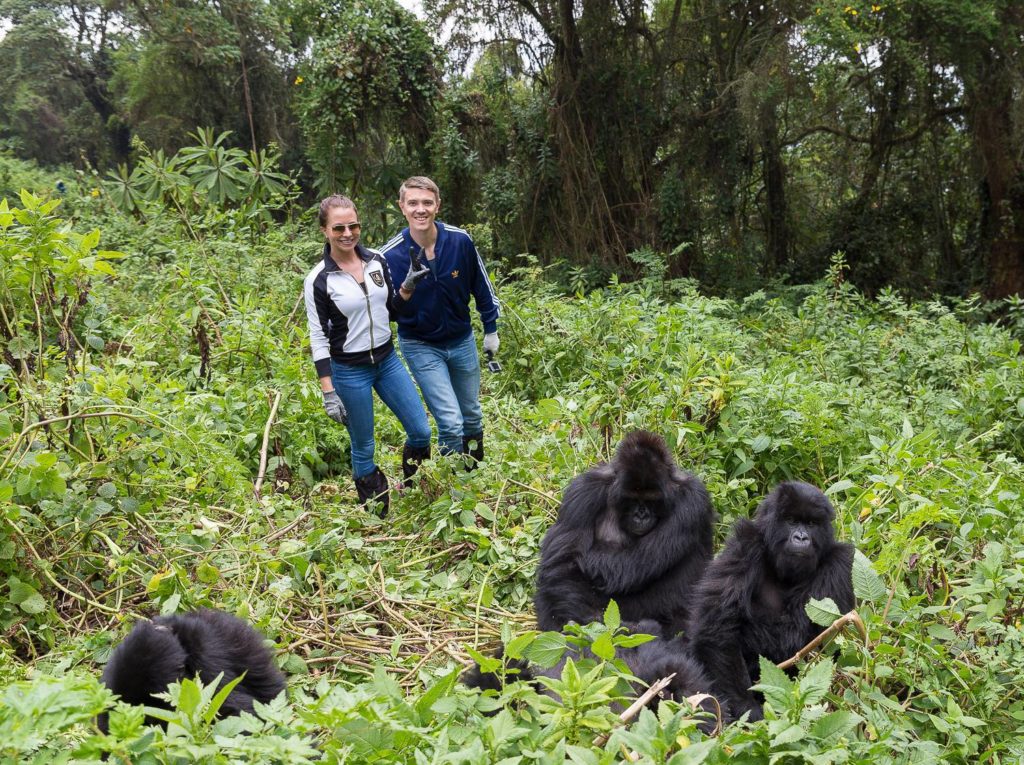
Guided Gorilla Trekking
Guided treks are the standard approach for gorilla trekking in all three gorilla-hosting countries. When you join a guided trek, an experienced park ranger leads you into the forest. The guide knows the gorilla groups, their movements, and the safest routes through the thick vegetation.
Guided treks also include trackers who start early in the morning to locate the gorillas. They communicate with your guide, ensuring you reach them without unnecessary wandering. The guide also teaches you gorilla behavior, explains forest ecology, and enforces the park’s safety rules.
Advantages of Guided Trekking:
- Higher chances of finding gorillas quickly.
- Safer navigation in challenging terrain.
- Educational insights from experienced guides.
- Compliance with conservation rules.
Self-Guided Gorilla Trekking
Technically, self-guided gorilla trekking is not allowed in Uganda, Rwanda, or Congo. Gorilla trekking is highly regulated to protect both the gorillas and visitors. This means even if you try to trek “on your own,” you must still join a ranger-led group after securing a permit.
The only element you could manage “yourself” is arranging your own transport, accommodations, and permits without using a tour company. However, once you arrive at the park, you will be assigned to a ranger and group.
Self-organizing your trip can save money, but it requires significant research, time, and careful permit planning. You also risk making mistakes in logistics, which could affect your trek.
Permit Requirements for Both
Whether guided or self-arranged, you must have a gorilla trekking permit:
- Uganda: $800 per person (Bwindi or Mgahinga)
- Rwanda: $1,500 per person (Volcanoes National Park)
- DRC: About $450 per person (Virunga National Park)
Permits are limited daily, so booking early is essential. Tour operators often handle this for guided trips, while self-organizers must secure them directly from park authorities or official agents.
Cost Comparison
Guided trips with tour companies typically include permits, transportation, accommodation, and meals, costing anywhere from $1,500 to $4,000 depending on comfort level.
Self-organized trips can be cheaper if you book budget lodges and arrange transport yourself. However, the savings may be small compared to the effort, especially when factoring in potential hidden costs like transfers, driver hire, and missed permits.
Which is Better for You?
If you want convenience, safety, and educational value, a guided trek is the best choice. It removes stress, maximizes your chances of seeing gorillas, and supports local communities through licensed guides.
If you are an experienced traveler with strong planning skills, comfortable arranging permits, and flexible with challenges, a self-organized trip might work—but remember, the actual trek will still be guided by park rangers.
Conclusion
In reality, all gorilla trekking involves a guide at some stage. The difference is whether you handle logistics yourself or let a tour operator do it. For most travelers, guided trekking offers a smoother and more rewarding experience, while self-arranged trips appeal to those seeking independence and lower costs. Whichever path you choose, the sight of a mountain gorilla family in the wild will be worth every step.

